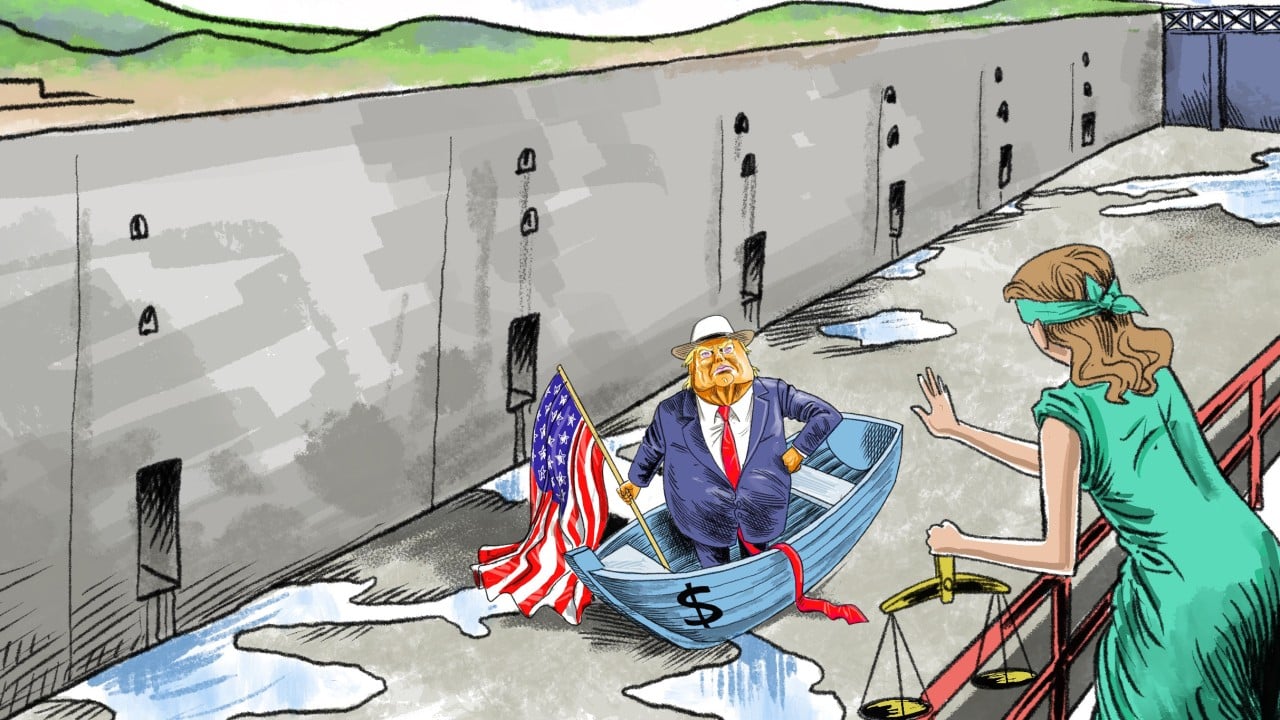President Donald Trump has recently expressed interest in the US “taking back” control of the Panama Canal, a statement that raises significant legal and geopolitical questions.
Advertisement
The Panama Canal, completed in 1914, came under US control after the signing of the 1903 Hay-Bunau-Varilla Treaty that granted the US sovereignty over the canal zone. For nearly a century, the US oversaw this vital maritime route connecting the Atlantic and Pacific Oceans. But the 1977 Torrijos-Carter Treaties paved the way for its transfer to Panama, which was completed on December 31, 1999, in accordance with international law.
The Torrijos-Carter Treaties, ratified by both nations, explicitly outline the terms of the transfer and the canal’s continued neutral operation. Since 1999, Panama has held full sovereignty over the canal, which remains open to ships of all nations under international law, particularly the UN Convention on the Law of the Sea. While the US retained certain military rights, these do not extend to control over the canal.
Trump’s proposal to take back control of the canal would violate the Torrijos-Carter Treaties and the fundamental principles of territorial sovereignty and self-determination. The US has no legal basis to reclaim the canal without Panama’s consent. Any unilateral move is likely to face strong international opposition and erode US credibility as a treaty-abiding nation.
Moreover, reversing the 1999 transfer would be impractical, as Panama has exercised full control of the canal for over two decades, and any attempt to alter this arrangement would require complex diplomatic negotiations with little likelihood of success.
Advertisement
Given the broad international recognition of Panama’s sovereignty, such an effort would also face significant diplomatic resistance, particularly from Latin American nations sensitive to issues of sovereignty and foreign influence. It would be counterproductive to US engagement in Latin America.

